I headed north last week through the just-budding vineyards of the Clare Valley and towards the Port Pirie smelters to spend some time at one of the 61 registered museums in our program, the Crystal Brook Heritage Centre. Located in the centre of this small country town, close to the Big Goanna, this National Trust museum is housed in a former butcher and baker’s shop built in 1875. It’s not hard to miss, the huge red and yellow Rosella Pickles sign painted on the side of the building stands out in the sunlight. The shop was the first 2 storeyed business house in town.
With long-time volunteer Ken as my guide, we wandered through the store and the various buildings in the grounds as he uncovered some unique treasures from the barrage of memorabilia that lined every room and shed – a cradle handmade from a packing case with an ‘extension’ for when the baby grew; a 19th century ‘time capsule’ consisting of a message in a bottle found in one of the fireplaces, left by the original butcher’s daughter; a cash register from the first roadhouse in the area; a wonderful chrome washing machine from the United States, the first of its type to be imported to South Australia in 1914; a small prefabricated iron building that had once been a policeman’s hut and had come all the way from Scotland; and a forerunner to the Stobie pole lying amongst the numerous agricultural implements in the grounds.
What I love about so many volunteer-run community museums around our state is the wealth of knowledge and fascinating stories as well as passion and pride for their history that pulses within the stone walls and corrugated iron. So much potential, if only there were more resources for more interpretation perhaps although it is amazing what one can do with just a few funds and some creativity. We are always here to help with suggestions for displays and other projects and how to access grants to achieve your goals.
More photos of some of Crystal Brook Heritage Centre’s amazing collection are here

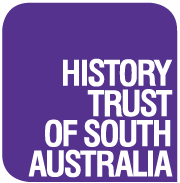
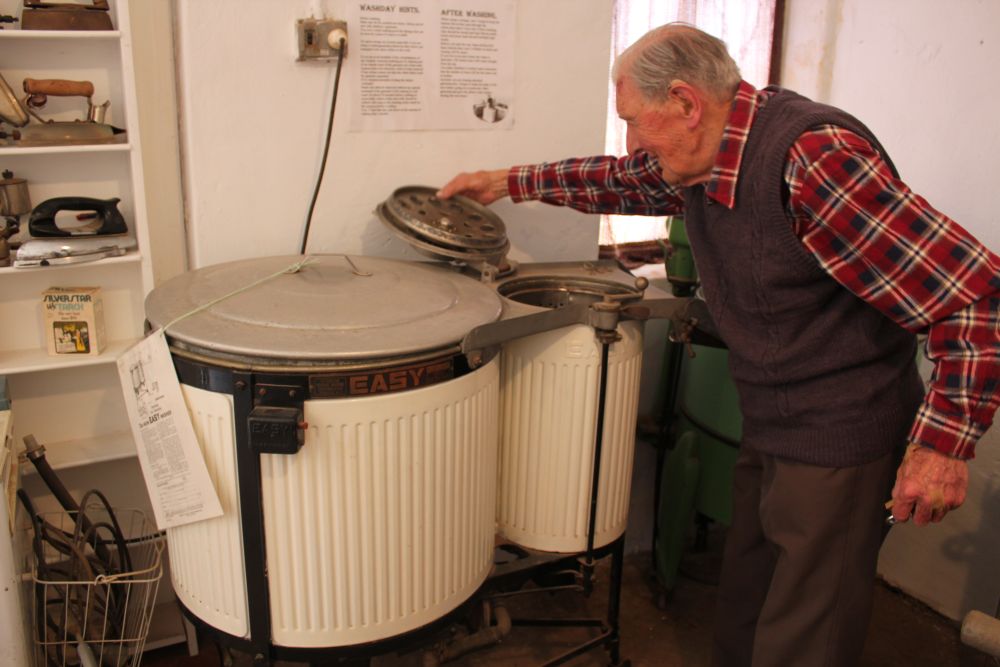
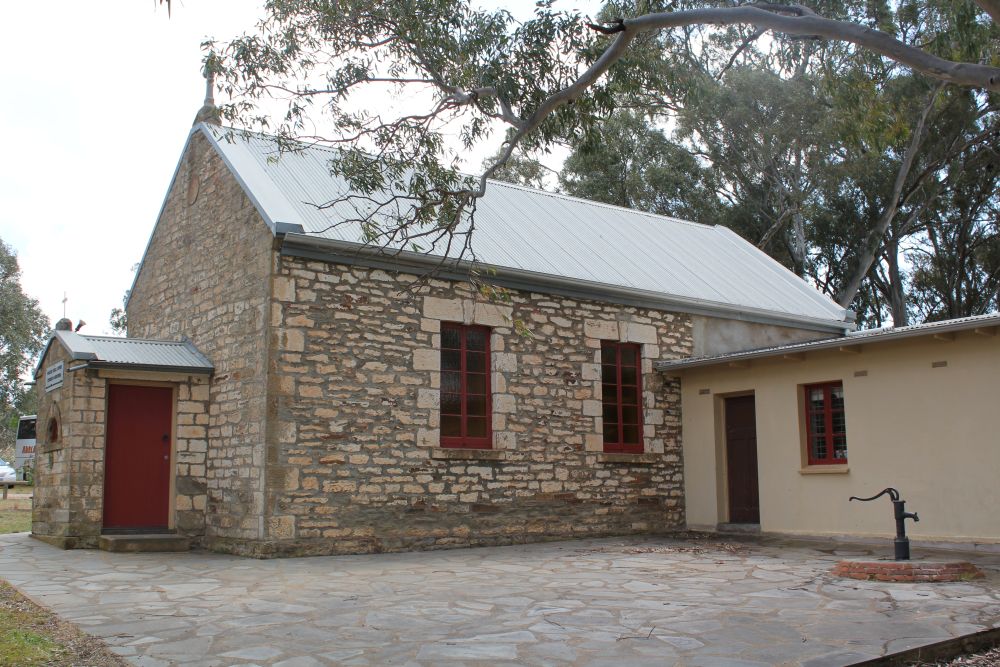
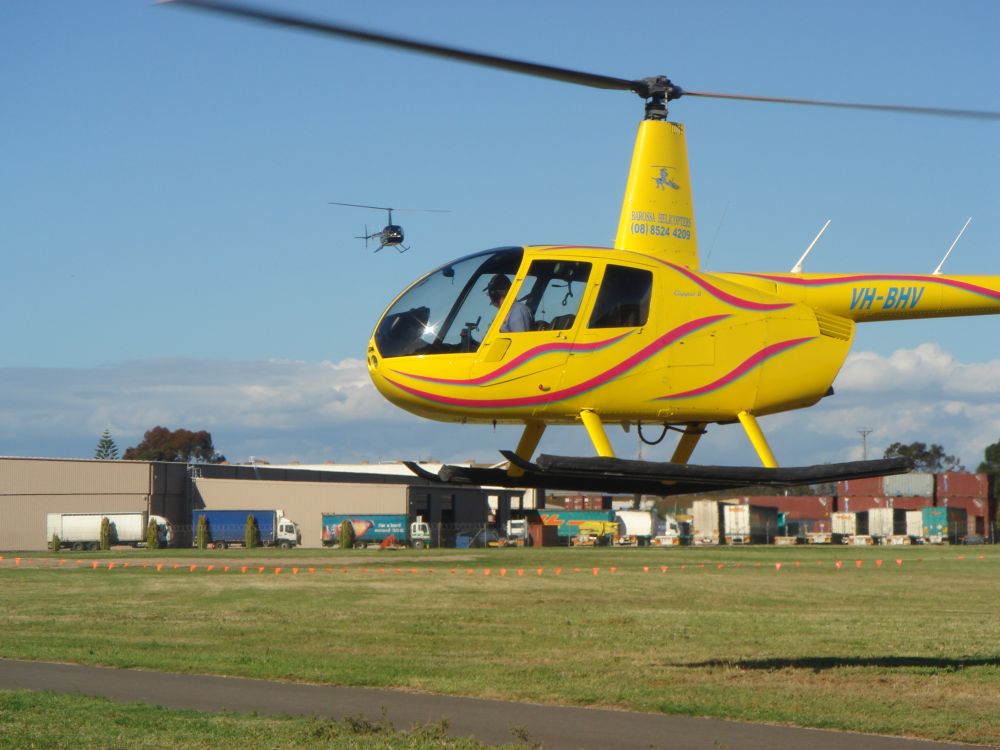
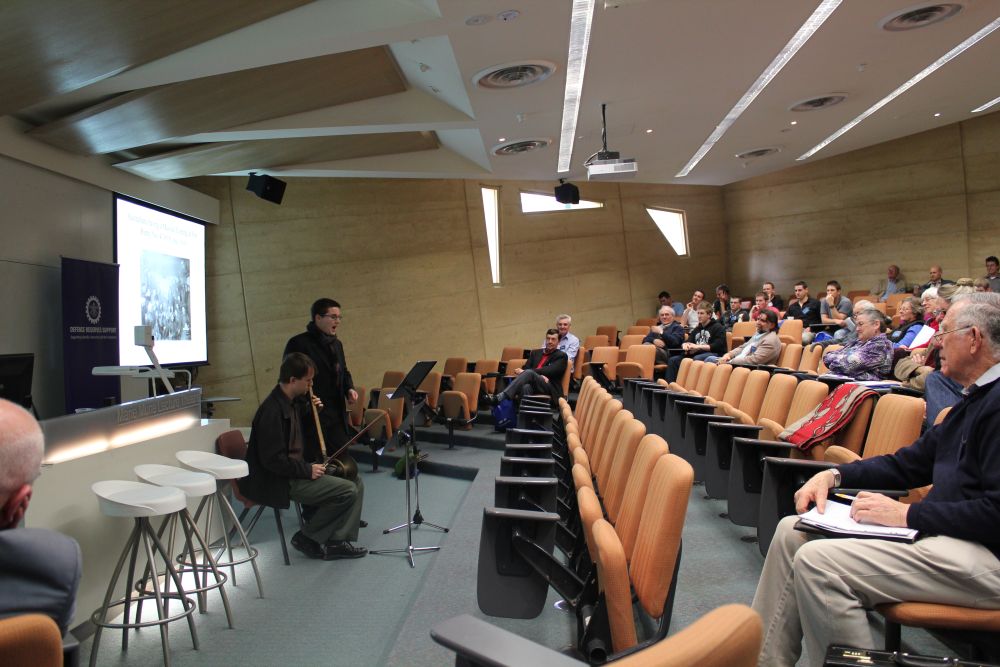

Recent Comments